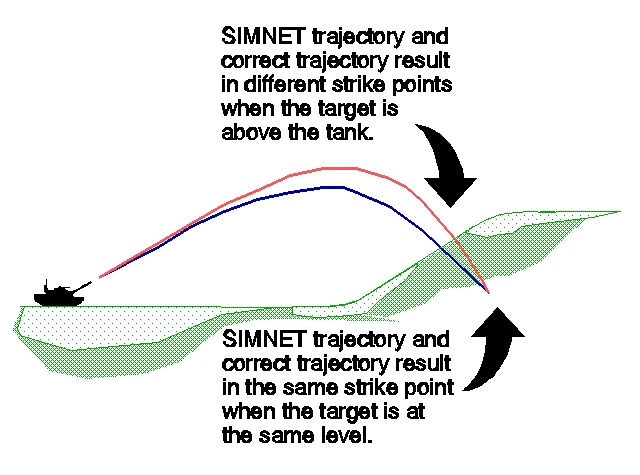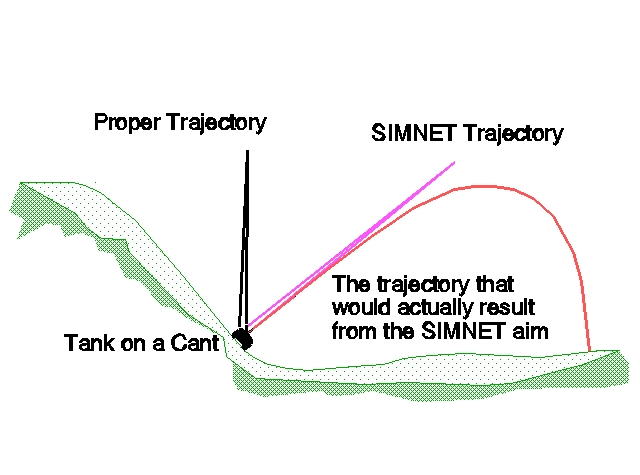 |
| Project Metadata | Keywords | |||||||||||||||||||||||||||||||||||||||||||||||||
|
|
Challenge: Two separate, but related, challenges and projects involved the independent verification and validation (IV&V) of aspects of SIMulation NETwork (SIMNET) system. The first challenge occurred when the US Army was presented with the Defense Advanced Projects Agency (DARPA) developed SIMNET system. As the Army was expected to use and pay for the system, it was interested in determining the system's validity. DSRD was asked to perform IV&V on the system. At the time, no records of IV&V being performed on a combat model could be found. Thus DSRD both defined and executed the concept, described here.
The second challenge occurred when the Army wanted to test the concept of expanding SIMNET training from battalion training to division level training. DSRD performed IV&V on the effectiveness of the training, described in WAREX 3-90.
Accomplishment: In the first project, DSRD defined what should be meant by IV&V of a combat model and how it should be reported. DSRD investigated the algorithms used in the model, particularly in the trajectory and vulnerability areas. Several issues were determined to questions of degree, in which the size of the errors were reported to the sponsor, who was required to determine whether to accredit the algorithms. A few issues were determined to include invalid algorithms where recommendations were made to modify the algorithms. These problems involved trajectories on non-level terrain. A third category of issue involved recommendations that the model be designed to use extant data or the appropriate source be commissioned to develop the needed data.
Figure 1. Error in Modeling Trajectories
 |
Figure 2. Error in Modeling Effect of Vehicle Cant
 |
Technologies Employed: This project represents one of the limited number of IV&V activities ever performed on combat models and one of the earliest. It helps define the meaning of IV&V of a combat model and represents standards for future projects in the Distributed Interactive Simulation (DIS) arena.
Background: The sponsor for the this project was the US Army Training and Doctrine Command (TRADOC) Analysis Command (TRAC), Fort Leavenworth, KS. TRAC was to be analytically responsible for SIMNET.
If you arrived here using a keyword shortcut, you may use your browser's "back" key to return to the keyword distribution page.
Return to Hartley's Projects Page